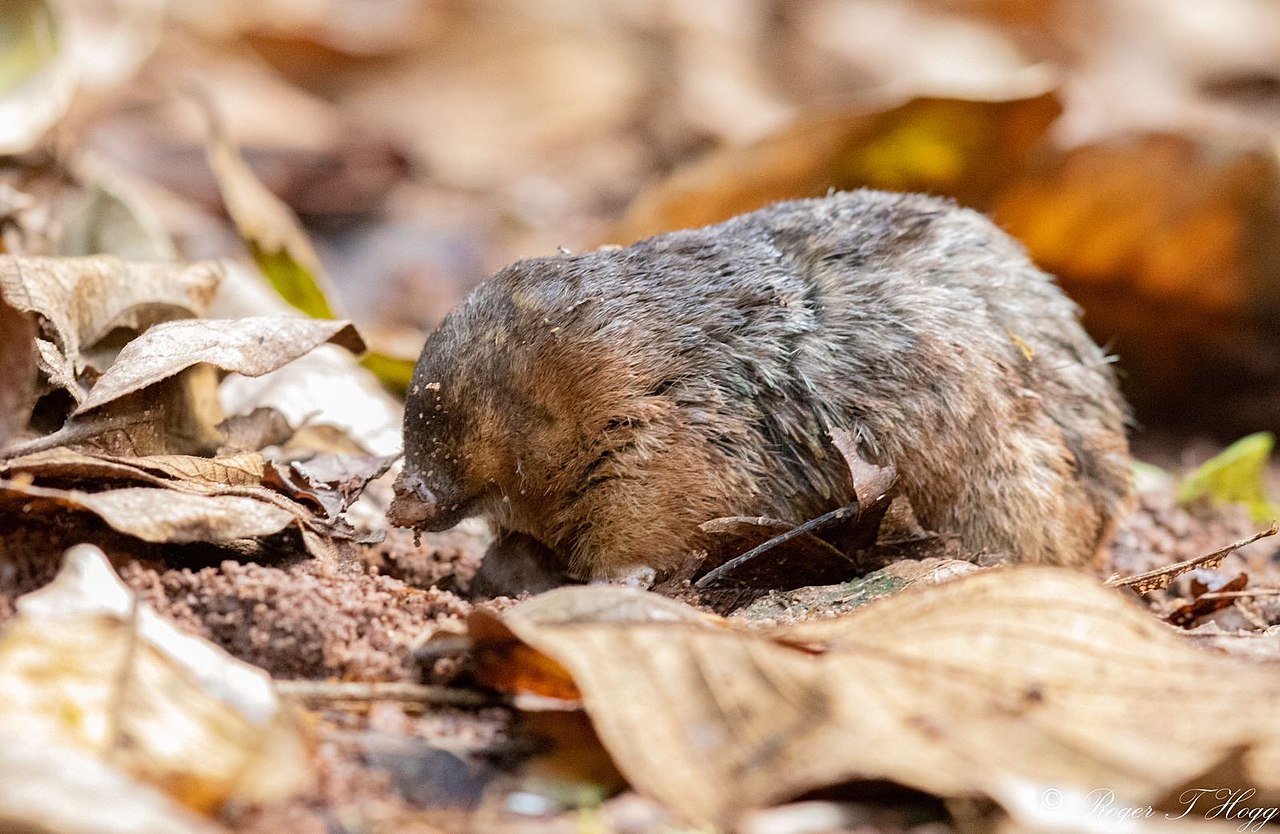The discovery was made by a team of conversationists and geneticists from the Endangered Wildlife Trust, Stellenbosch University and the University of Pretoria who tracked the mole through environmental DNA left behind in sand dunes.
The elusive mammal burrows through the sand and only rarely surfaces at night to forage on insects, which is how the creature managed avoid human detection for more than 80 years.
Samantha Mynhardt, molecular biologist at Stellenbosch University and part of the research team tracking De Winton’s golden mole, explained how species can be “lost” for so long but not considered to be extinct.
“Lost species are those that have been lost to science for at least 10 years, and often much longer. Extinct species are different: a species is presumed extinct when it has not been detected for more than a generation of its lifetime, despite exhaustive surveys of its habitat,” wrote Mynhardt in The Conversation.
“Although De Winton’s golden mole had not been seen in over 80 years and was presumed extinct, no comprehensive searches had taken place and therefore it was still considered “lost”.”
In addition to tracking the creature’s environmental DNA, or eDNA, the team of five researchers and border collie Jessie, walked up to 18km each day along South Africa’s north-western coast in search of signs of the mole.
Jessie, the border collie, had been trained to detect the scent of other, more common species of mole, but was not familiar with the scent of the De Winton’s golden mole.
So, when the researchers encountered tunnels that the dog showed no interest in, it was a sign that they had found something worth investigating.
“We did not expect to see a live animal,” wrote Mynhardt.
“But we did capture one golden mole at Port Nolloth, and confirmed that this was a De Winton’s golden mole after taking swabs and sequencing the DNA.
“We’ve since found a second De Winton’s golden mole in the same area.”
Mynhardt said that there was no way to estimate the population size at this stage, but that future research should enable them to do so.
“We are incredibly excited about this discovery,” wrote Mynhardt.
“The rediscovery of De Winton’s golden mole offers us the chance to learn more about this fascinating and poorly understood small mammal. It also offers an opportunity to reinvigorate conservation efforts for threatened golden moles, and gives us hope of finding other species presumed to be extinct.”
The story comes just weeks after the rediscovery of Attenborough’s long-beaked echidna, an ocean away from the one made by Mynhardt and her team.






